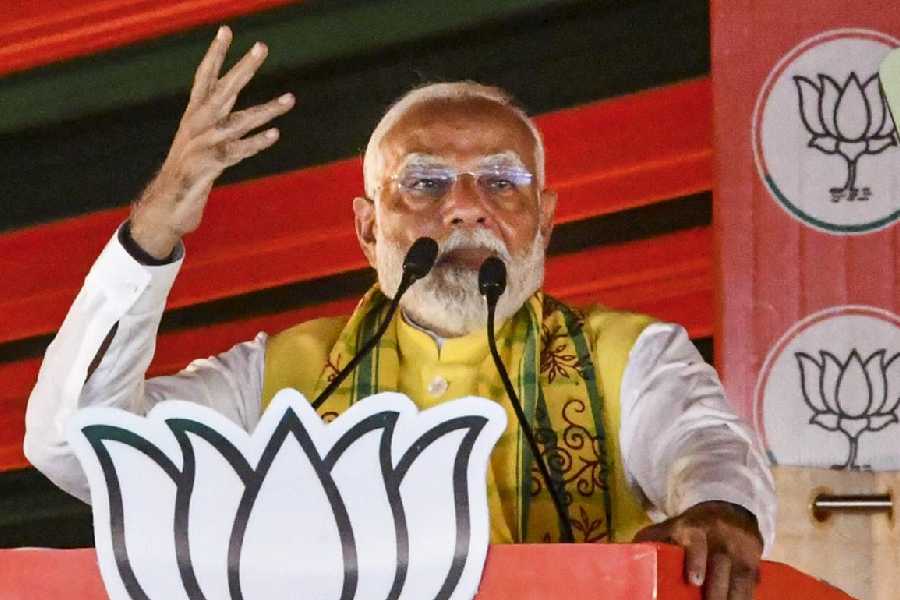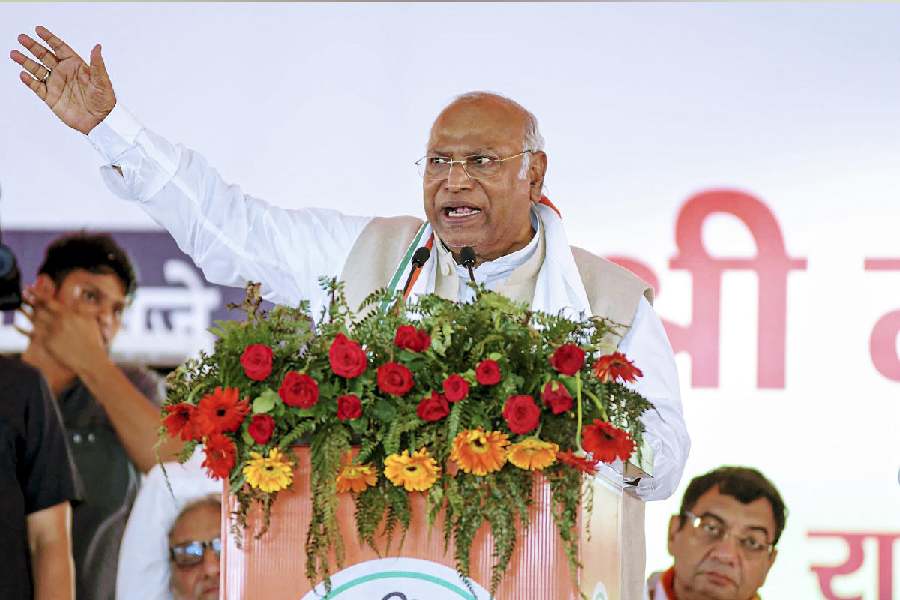The spectrum auction set to begin from March 1 may not see much competition given the varied priorities of each player and the weak liquidity position of Vodafone Idea, analysts said.
“Given the consolidation in the sector over the last decade, we hope telcos will say goodbye to the old irrational and desperate price bidding to acquire the limited available spectrum. We expect low competition intensity as there is sufficient spectrum and different band use and priorities of each player,” Motilal Oswal Institutional Equities said in a report.
The sixth round of auction of 2,251.25 megahertz of spectrum worth Rs 3.92 lakh crore at the base price will be in 7 frequency bands between 700 megahertz and 2,500 megahertz.
Bharti’s interest may largely be limited to 900MHz, while Jio’s renewal of 800MHz spectrum may not see much interest from the rest of the players.
The 1,800MHz and 2,300MHz spectrum may be of high interest to both Bharti Airtel and Reliance Jio, which may eye it for their 4G plans and for their 5G requirements going forward.
In the 800MHz band, Reliance Jio will see the expiry of 115MHz, which it acquired/shared from R-Com in 19 circles. The same for Bharti and VIL stands at 57MHz in the 1,800MHz band and 37.8MHz/6.2Mhz in the 1,800MHz/900MHz band, respectively.
“This would cost Jio Rs 28 billion, Bharti Airtel Rs 129 billion and VIL Rs 83 billion at the reserve price to renew their existing spectrum. Though this is a mere 5-10 per cent of Bharti and VIL’s spectrum, it is significant in the case of Reliance Jio,” it said.
The research report said “the earnest money deposit (EMD) indicates that Bharti Airtel, Reliance Jio may be interested in spending 2-3x the renewal requirement in other bands. VIL has limited options given its liquidity position.”
According to some reports, Jio deposited the highest earnest money of Rs 90 billion, which would allow it to purchase spectrum worth Rs 450-660 billion.
Bharti is said to have deposited Rs 30-33 billion, which would allow it to purchase spectrum worth Rs 150-250billion. VIL has deposited a mere Rs 5 billion to buy spectrum worth Rs 25-35 billion.
The high EMD will allow Jio to spend Rs 200-250 billon, beyond the R 280 billion that it requires for renewal of its expiring spectrum at the reserve price. Bharti will require Rs 130 billion at the reserve price to renew its expiring 1,800MHz spectrum.
Bharti has a strong portfolio of 1,800MHz spectrum, with an average 15MHz in 15 circles and below 10MHz in four circles. In Delhi, it does not have a high proportion of spectrum in 900MHz and largely relies on 2,300MHz for capacity. So, it could be keen to acquire spectrum in 1,800MHz, which could entail an investment of Rs 22 billion for 5MHz at the reserve price.
Jio has an average 7MHz in 1,800MHz, so it could spend wherever sufficient 800MHz spectrum is unavailable.
In the 2,300MHz band, both Bharti and RJio could look to top up their spectrum capacity. Bharti may choose to fill gaps in the three circles where it does not hold any spectrum. But, with a healthy 2-4 blocks of 10MHz available in 2,300MHz, there could be lesser competition intensity, it said.
Meanwhile, rating agency ICRA said telcos expected to dial in next round of tariff hikes over the next one or two quarters which is likely to drive revenue growth in new financial year (2021-22) beginning April one.
Tariff hikes and upgradation of subscribers from 2G to 4G is expected to result in improvement in average revenue per user to around Rs 220 in the medium term which will lead to growth in industry revenue by 11 to 13 per cent over the next two years with operating margins expanding to nearly 38 per cent for FY22.
It said improvement in cash flow generation coupled with moderation in capex intensity will limit the dependence on incremental external borrowings for operations. However, the addition of adjusted gross revenue (AGR) liabilities to debt and the next round of spectrum auctions will act as a dampener.
The total industry debt to remain elevated at Rs. 4.7 lakh crore as on March 31, 2022. The improvement in operating metrics is likely to translate into an expansion of the debt coverage indicators, it added.










